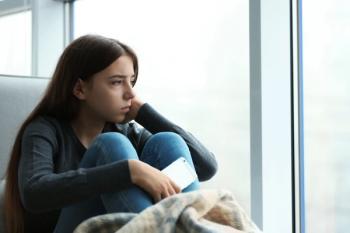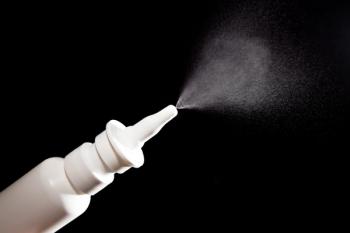
Depression and Restless Legs Syndrome
Depression is a frequent psychiatric comorbidity among patients with restless leg syndrome. The case presented here illustrates the importance of evaluating for RLS symptoms in patients with major depressive disorder who complain of insomnia.
Depression is a frequent psychiatric comorbidity among patients with restless leg syndrome (RLS). When reading the case below, consider the following question: If an untreated RLS patient presents with depressive symptoms, what would you treat first?
CASE VIGNETTE
Lisa is a 45-year-old married woman who came to see a psychiatrist initially for depressive symptoms. During the initial evaluation, she complained of difficulty in falling asleep and other depressive symptoms such as low mood, difficulty with concentration, poor appetite, and low energy along with daytime fatigue. Depression was diagnosed. An SSRI was prescribed on an as-needed basis, and the patient was advised to take a nightly dose of diphenhydramine to help her sleep.
Three days later-after staying up nearly all night-Lisa called her doctor in despair and complained of worsening insomnia. On more detailed questioning about the insomnia, Lisa revealed that for the past 2 years, she has experienced leg discomfort when she gets into bed. She is so uncomfortable that she needs to walk or ride on her exercise bike past 2 or 3 am until the discomfort subsides. While not painful, this leg discomfort sometimes prevents her from relaxing and watching television because she just “has to move” her legs.
Lisa describes a deep uncomfortable sensation that feels like “bugs crawling in her legs.” She also reveals that her mother used to suffer from similar nighttime leg restlessness. For the past 3 nights, Lisa’s leg discomfort has been more intense and has lasted most of the night.
After secondary causes of RLS, such as iron deficiency anemia, pregnancy, uremia, and neuropathy, were ruled out, a diagnosis of RLS was made. SSRI and diphenhydramine therapy were stopped. Low-dose dopamine agonist therapy was started, after which the symptoms subsided. However, despite resolution of the RLS symptoms, her depressive symptoms continued. Titrated bupropion was given until the depressive symptoms fully resolved.
The case vignette illustrates the importance of evaluating for RLS symptoms in patients with major depressive disorder who complain of insomnia.
Discussion
The diagnosis of RLS is made after identifying the presence of 4 cardinal features and excluding other causes:1
1. An urge to move the legs, usually accompanied or caused by uncomfortable and unpleasant sensations in the legs
2. The urge to move or unpleasant sensations that begin or worsen during periods of rest or inactivity, such as lying or sitting
3. The urge to move or unpleasant sensations that are partially or totally relieved by movement, such as walking or stretching, at least as long as the activity continues
4. The urge to move or unpleasant sensations that are worse in the evening or night than during the day or only occur in the evening or night
Symptoms that mimic RLS include leg cramps, positional discomfort, neuroleptic-induced akathisia, peripheral neuropathy, arthritis, anxiety, claudication of the legs, and peripheral vascular disease.2 Because a diagnostic biological marker for RLS is not available, the standard for diagnosis remains a clinical one based on the patient’s subjective complaints and history.
Note: Case adapted from an article by Hochang Benjamin Lee, MD:
Further information:
Disclosures:
Dr Lee is Director of the Psychological Medicine Service at Yale New Haven Hospital and Associate Professor of Psychiatry at Yale University School of Medicine in New Haven, Conn.
References:
1. Allen RP, Picchietti D, Hening WA, et al. Restless legs syndrome: diagnostic criteria, special considerations, and epidemiology. A report from the restless legs syndrome diagnosis and epidemiology workshop at the National Institutes of Health. Sleep Med. 2003;4:101-119.
2. Buchfuhrer MJ.Strategies for the treatment of restless legs syndrome. Neurotherapeutics. 2012;9:776-790. Also see: Earley CJ. Clinical practice. Restless legs syndrome. N Engl J Med. 2003;348:2103-2109.
Newsletter
Receive trusted psychiatric news, expert analysis, and clinical insights — subscribe today to support your practice and your patients.














